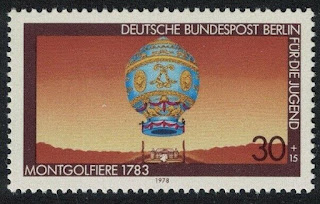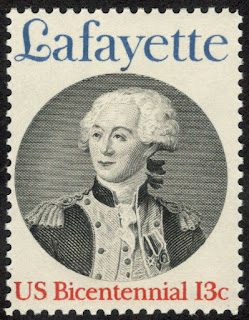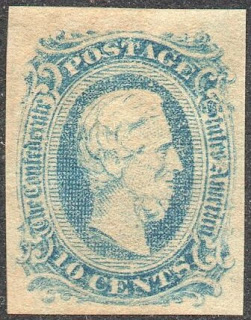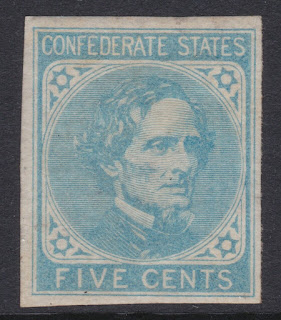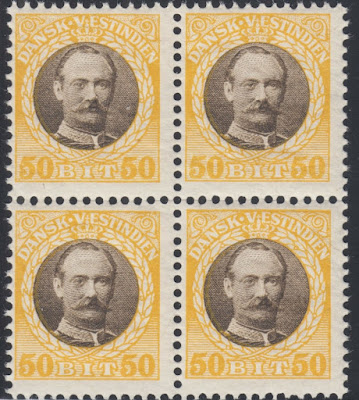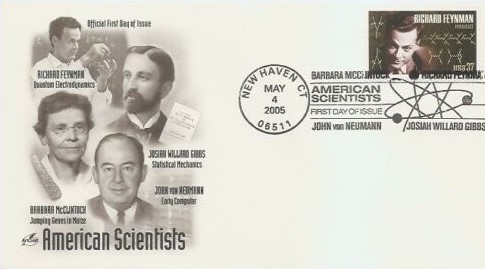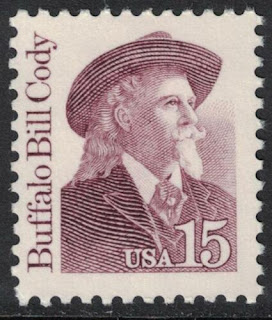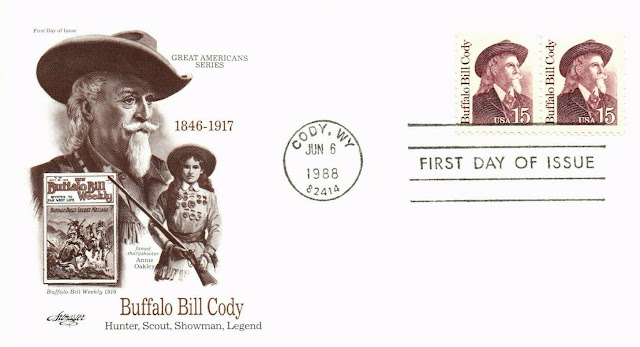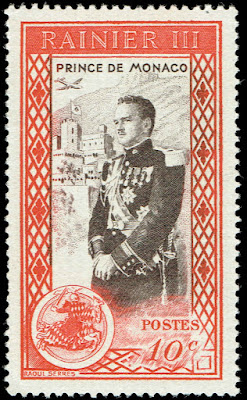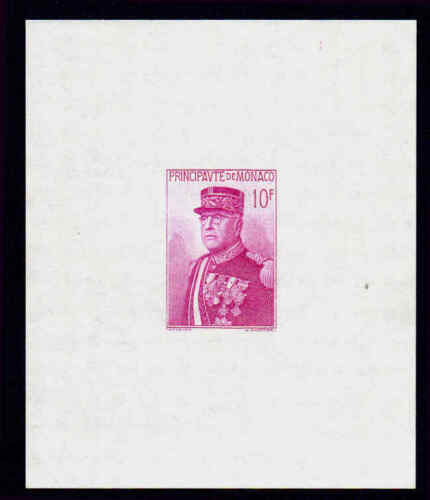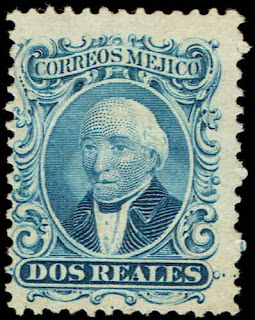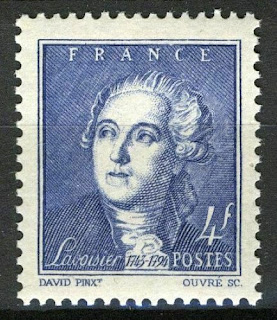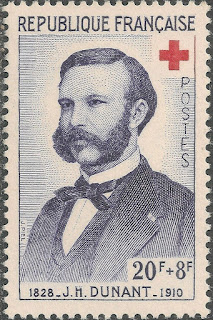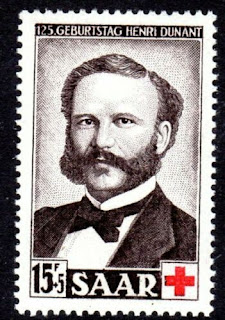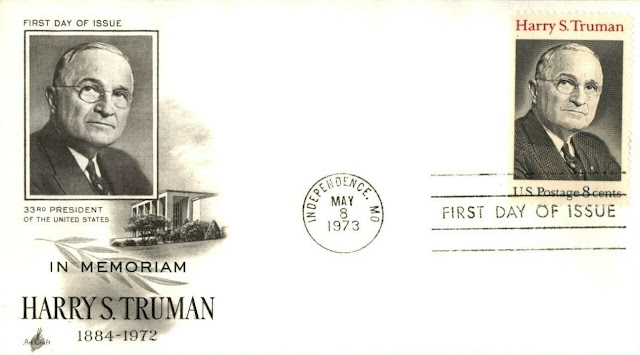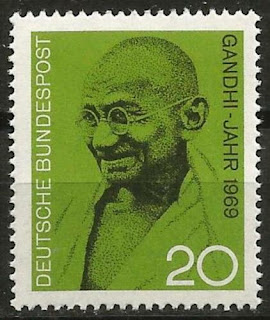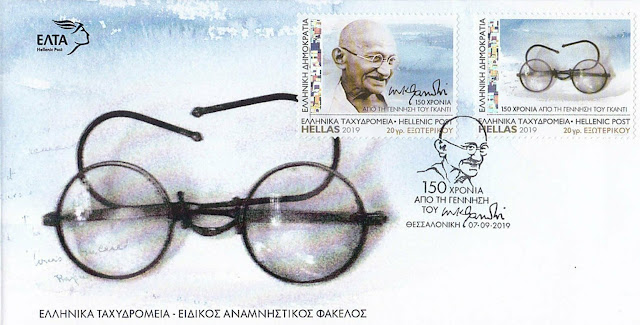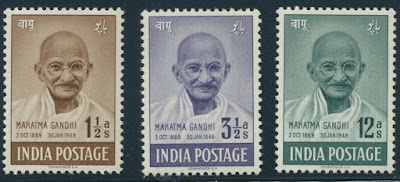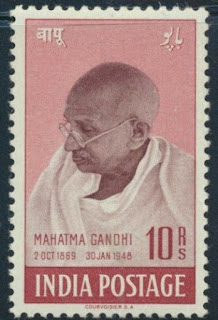1783 – The Montgolfier brothers publicly demonstrate their montgolfière (hot air balloon).
Joseph-Michel Montgolfier (26 August 1740 – 26 June 1810) and Jacques-Étienne Montgolfier (6 January 1745 – 2 August 1799) were paper manufacturers from Annonay, in Ardèche, France best known as inventors of the Montgolfière-style hot air balloon, globe aérostatique. They launched the first piloted ascent, carrying Jacques-Étienne. Joseph-Michel also invented the self-acting hydraulic ram (1796), Jacques-Étienne founded the first paper-making vocational school and the brothers invented a process to manufacture transparent paper.
Stamps from Austria and Berlin commemorating the montgolfière
1825 – General Lafayette, a French officer in the American Revolutionary War, speaks at what would become Lafayette Square, Buffalo, during his visit to the United States.
Marie-Joseph Paul Yves Roch Gilbert du Motier, Marquis de Lafayette (6 September 1757 – 20 May 1834), known in the United States simply as Lafayette, was a French aristocrat and military officer who fought in the American Revolutionary War, commanding American troops in several battles, including the Siege of Yorktown. After returning to France, he was a key figure in the French Revolution of 1789 and the July Revolution of 1830.
Lafayette was born into a wealthy land-owning family in Chavaniac in the province of Auvergne in south central France. He followed the family's martial tradition and was commissioned an officer at age 13. He became convinced that the American revolutionary cause was noble, and he traveled to the New World seeking glory in it. He was made a major general at age 19, but he was initially not given American troops to command. He was wounded during the Battle of Brandywine but still managed to organize an orderly retreat, and he served with distinction in the Battle of Rhode Island. In the middle of the war, he sailed for home to lobby for an increase in French support. He returned to America in 1780 and was given senior positions in the Continental Army. In 1781, troops under his command in Virginia blocked forces led by Cornwallis until other American and French forces could position themselves for the decisive Siege of Yorktown.
Lafayette returned to France and was appointed to the Assembly of Notables in 1787, convened in response to the fiscal crisis. He was elected a member of the Estates General of 1789, where representatives met from the three traditional orders of French society: the clergy, the nobility, and the commoners. After forming the National Constituent Assembly, he helped to write the Declaration of the Rights of Man and of the Citizen with Thomas Jefferson's assistance. This document was inspired by the United States Declaration of Independence and invoked natural law to establish basic principles of the democratic nation-state. He also advocated the end of slavery, in keeping with the philosophy of natural liberty. After the storming of the Bastille, he was appointed commander-in-chief of France's National Guard and tried to steer a middle course through the years of revolution. In August 1792, radical factions ordered his arrest, and he fled into the Austrian Netherlands. He was captured by Austrian troops and spent more than five years in prison.
Lafayette returned to France after Napoleon Bonaparte secured his release in 1797, though he refused to participate in Napoleon's government. After the Bourbon Restoration of 1814, he became a liberal member of the Chamber of Deputies, a position which he held for most of the remainder of his life. In 1824, President James Monroe invited him to the United States as the nation's guest, and he visited all 24 states in the union and met a rapturous reception. During France's July Revolution of 1830, he declined an offer to become the French dictator. Instead, he supported Louis-Philippe as king, but turned against him when the monarch became autocratic. He died on 20 May 1834 and is buried in Picpus Cemetery in Paris, under soil from Bunker Hill. He is sometimes known as "The Hero of the Two Worlds" for his accomplishments in the service of both France and the United States.
US stamp and First Day Cover depicting Lafayette
1872 Died: Johan Rudolph Thorbecke, Dutch historian, jurist, and politician, Prime Minister of the Netherlands (b. 1798)
Johan Rudolph Thorbecke (14 January 1798 – 4 June 1872) was a Dutch statesman of a liberal bent, one of the most important Dutch politicians of the 19th century. In 1848, he virtually single-handedly drafted the revision of the Constitution of the Netherlands, giving less power to the king and more to the States General, and guaranteeing more religious, personal and political freedom to the people.
Hated by some (he was not a man of concessions), he is nowadays considered a towering figure in Dutch parliamentary history. There are three statues of Thorbecke (one in Amsterdam, one in The Hague and one in Zwolle) and a room in the Dutch parliament building is named after him.
Thorbecke wrote many articles on history and several newspaper articles (especially in the Journal de La Haye) on topics of the day. He published a study on the philosophy of history (in German). All of his speeches in parliament have been published.
Stamp and First Day Cover issued in the Netherlands commemorating Thorbecke
1941 Died: Wilhelm II, German Emperor (b. 1859)
Wilhelm II or William II (German: Friedrich Wilhelm Viktor Albert; 27 January 1859 – 4 June 1941) was the last German Emperor (Kaiser) and King of Prussia. He reigned from 15 June 1888 until his abdication on 9 November 1918 shortly before Germany's defeat in World War I.
The eldest grandchild of Queen Victoria, Wilhelm's first cousins included King George V of the United Kingdom and many princesses who, along with Wilhelm's sister Sophia, became European consorts. For most of his life before becoming emperor, he was second in line to succeed his grandfather Wilhelm I on the German and Prussian thrones after his father, Crown Prince Frederick. His grandfather and father both died in 1888, the Year of Three Emperors, making Wilhelm emperor and king. He dismissed the country's longtime chancellor, Otto von Bismarck, in 1890.
Upon consolidating power as emperor, Wilhelm launched Germany on a bellicose "New Course" to cement its status as a respected world power. However, he frequently undermined this aim by making tactless, alarming public statements without consulting his ministers. He also did much to alienate his country from the other Great Powers by initiating a massive build-up of the German Navy, challenging French control over Morocco, and backing the Austrian annexation of Bosnia in 1908. His turbulent reign ultimately culminated in his guarantee of military support to Austria-Hungary during the crisis of July 1914, resulting in the outbreak of World War I. A lax wartime leader, he left virtually all decision-making regarding military strategy and organisation of the war effort in the hands of the German General Staff. This broad delegation of authority gave rise to a de facto military dictatorship whose belligerent foreign policy led to the United States' entry into the war on April 6, 1917. After losing the support of the German military and his subjects in November 1918, Wilhelm abdicated and fled to exile in the Netherlands, where he died in 1941.
Stamp issued by Germany depicting Wilhelm II

